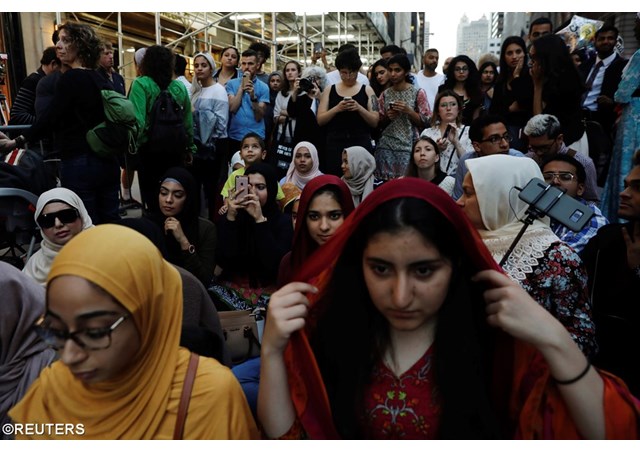
PCID: Visibility of women vital for interfaith education

(Vatican Radio) What do women bring to the table of interreligious dialogue? How do they contribute to promoting interfaith harmony? How can the Church affirm their role, while tapping into their specific gifts and skills?
Those are some of the questions under the spotlight at the plenary assembly of the Pontifical Council for Interreligious Dialogue, taking place in the Vatican from June 7th to 9th.
At the opening session on Wednesday, Council President, Cardinal Jean-Louis Tauran noted how much still needs to be done in some countries to defend women’s rights and stamp out “shameful violence” against women. Stressing the Church’s vision that all are equal members of the body of Christ, the cardinal asked what else needs to be done to live up to that vision and enable women and men to promote better interfaith education.
Among the key note speakers is Dr Clare Amos, programme coordinator for interreligious dialogue and cooperation at the World Council Churches (WCC). She talked to Philippa Hitchen about her concerns over visibility and inclusive language, beginning with the title of the plenary session: ‘The role of women in educating towards universal fraternity’
Listen:
While English may differ from French or Italian perceptions, Amos says, to “an English ear, the very word ‘fraternity’ has got a gender bias to it”.
Inclusive language is important, she continues, because it’s no longer acceptable to assume that “what is male is normative”, and the female is seen as secondary. While that may not be the intention, she says, it’s important to understand how such words are perceived in the English language today.
Speaking of the challenges facing the WCC, which represents some 348 Chuches across the Orthodox, Protestant and Reformed traditions, Dr Amos notes that in 2013 the WCC elected a Kenyan Anglican, Dr Agnes Abuom, as the first female moderator of the organisation. She describes the move as “quite a breakthrough”, adding that it may have been easier “because she’s a lay woman”.
Amos also stresses her concerns about “the visibility of women” at interfaith dialogue meetings, saying that “if you don’t have women represented in those meetings, you’re actually, implicitly, making a statement”.
Another point which Amos is raising at the plenary is related to her extensive work in the area of religion and violence, which is often caused when religious people or institutions “think they have nothing to learn”. There is something particularly feminine, she says, about being willing to acknowledge that we’re not perfect and don’t know the whole truth, which is an important contribution “to bring to the table of interreligious dialogue”.
| All the contents on this site are copyrighted ©. |


